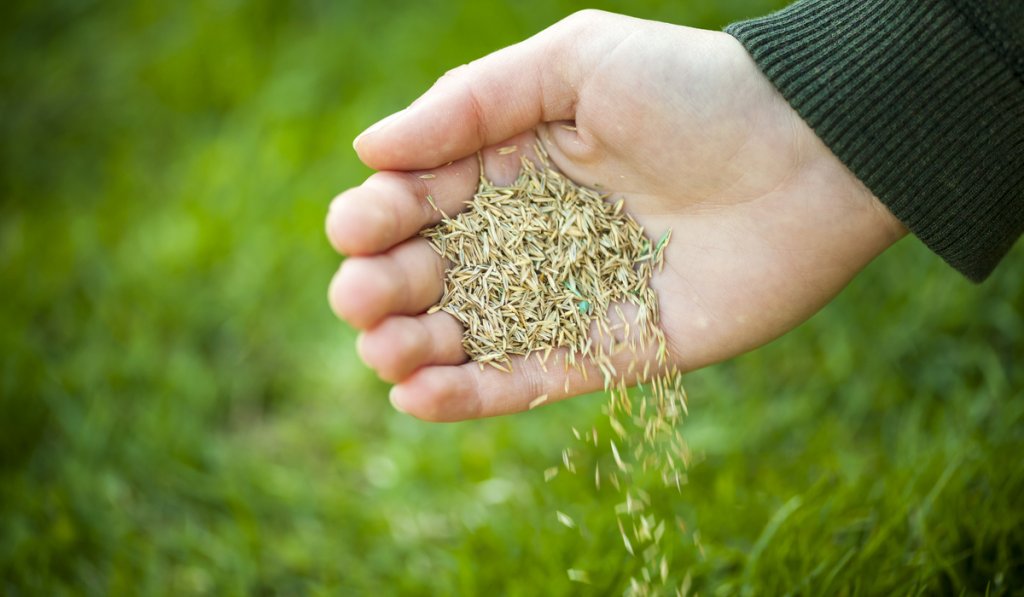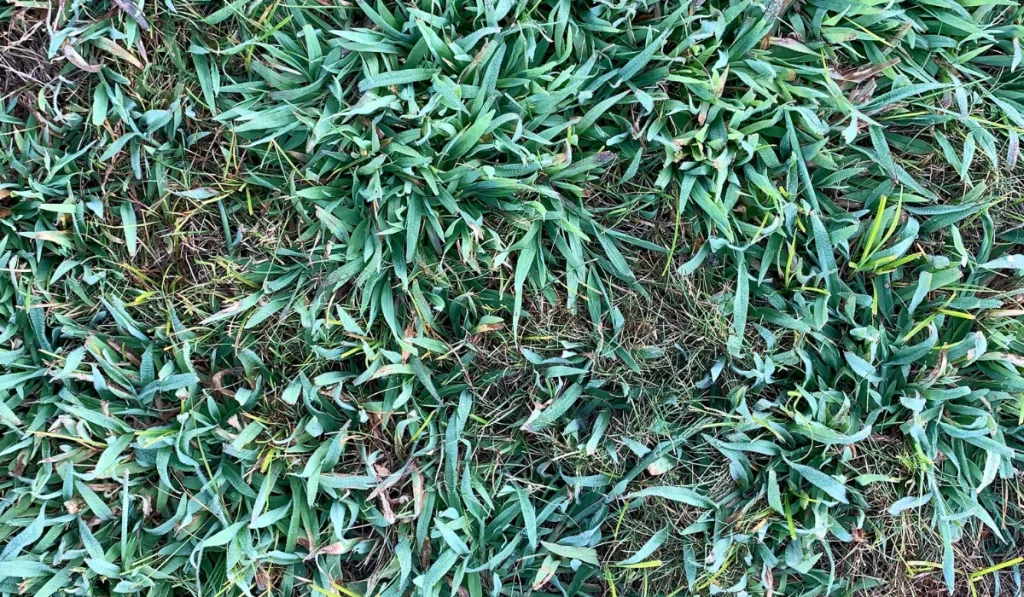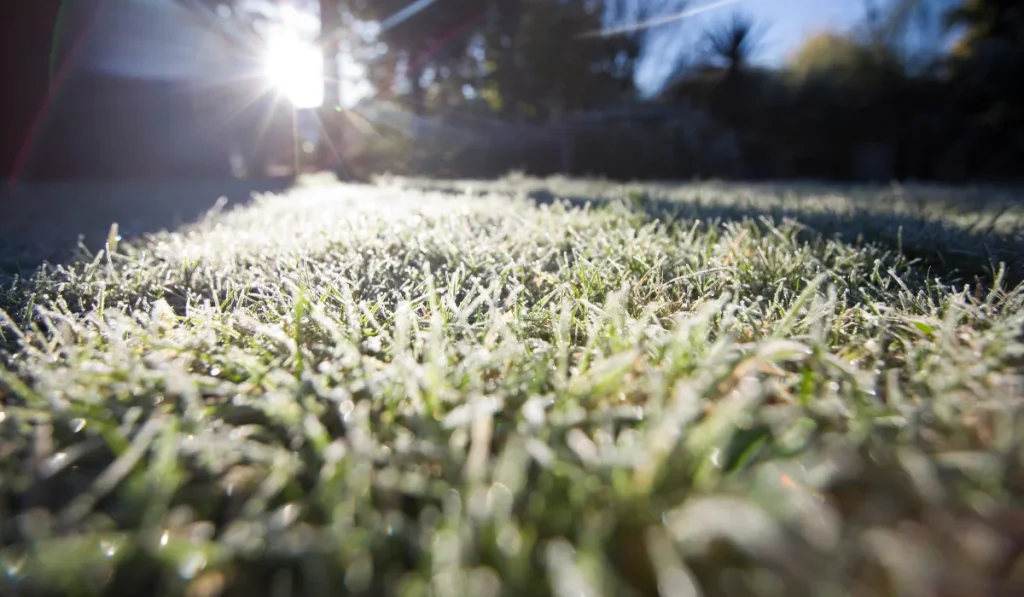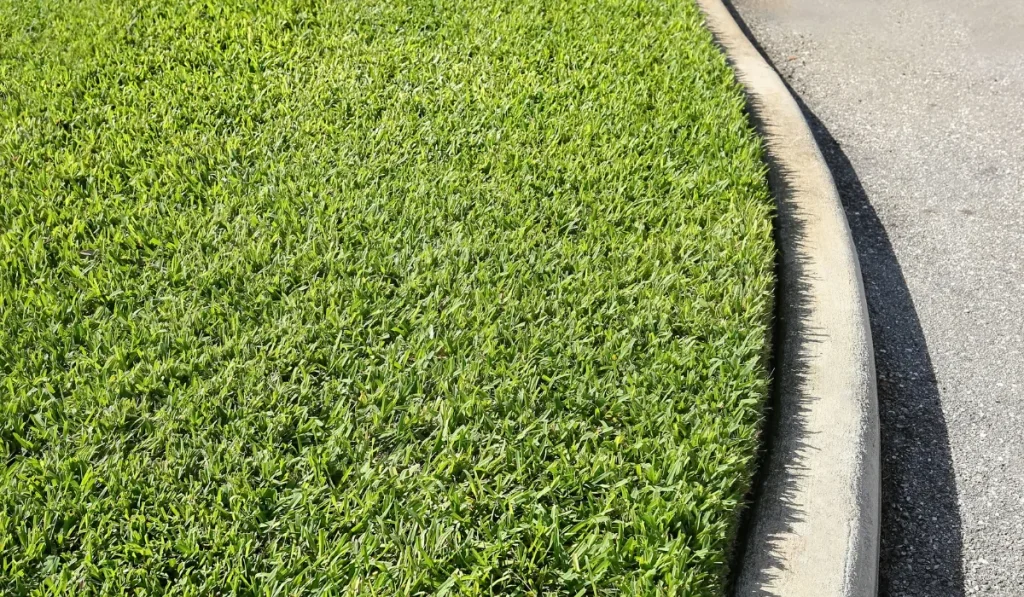What is Overseeding?
When landscapers talk about overseeding, it simply means sowing seeds in a lawn that’s already been established, rather than seeding bare soil. This process can help to fill bare spots, repair damage in your lawn, and fortify it during the growing season. It’s an easy, effective way to reverse thinning grass and revitalize a lawn.
When to Overseed
First, you’ll need to determine whether you have warm or cool-season grass in your lawn, and then find a seed mix to match. If you live around Sacramento or Los Angeles, chances are you have warm-season grass in your lawn. For warm-season grasses, consider overseeding in late-spring when the growing season starts to pick up momentum.
In Northern California, on the other hand, homeowners are more likely to have cool-season grasses. For cool-season grasses, you should typically overseed in the fall when temperatures fall and the soil is moist. This will prepare your lawn for dormancy and give seeds a chance to take root before the winter.
Preparing Your Lawn for Overseeding
Before you overseed, you’ll need to prepare your lawn. The key here is to provide the seed with ideal conditions for growth.
- Mow the grass short.
- Remove excess clippings to prevent thatch and soil compaction.
How to Overseed Your Lawn
- Spread the seed on your lawn by hand or with a mechanical spreader.
- Pay extra attention to damaged areas.
After you’ve sown the seeds, you’ll need to water your lawn generously and frequently until the seedlings grow to the height of the mature grasses.
You can still mow as needed, but try to limit activity on the lawn during this period as well.
Once the seedlings catch up with the growth of the rest of your lawn, you’re done! Thanks to a little bit of extra seed, your lawn will stay healthy and lush all year.



